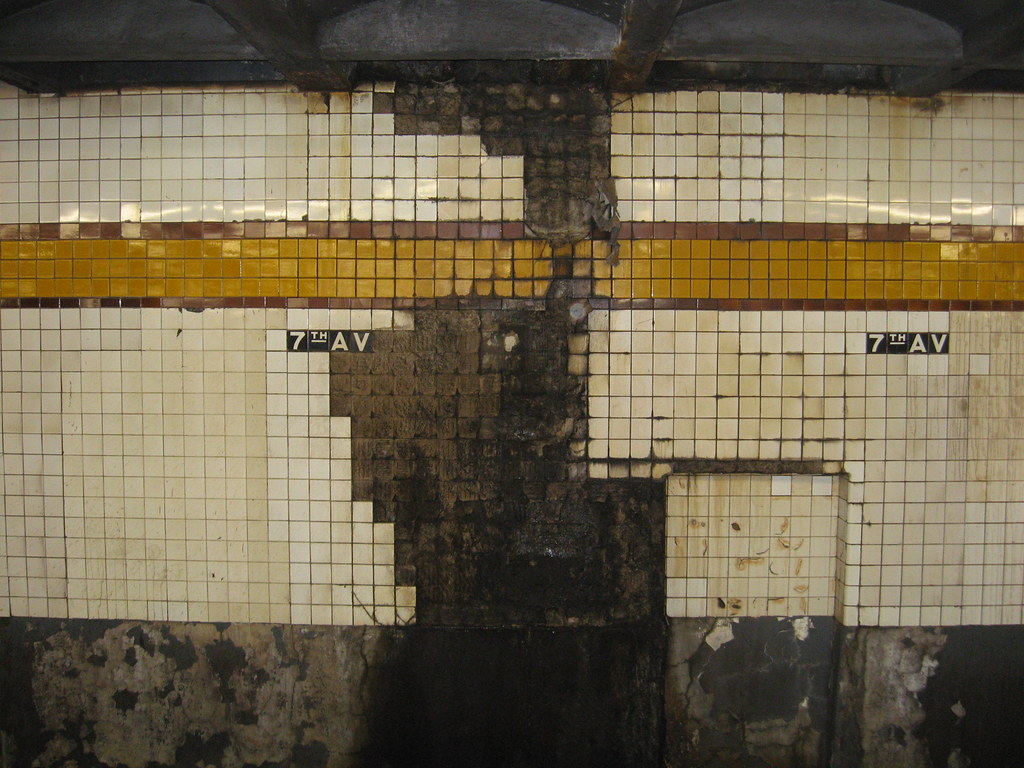During yesterday’s Walder confirmation hearings, transparency was the name of the game. While the MTA has increased its level of public participation and now puts every single budget document on its website, our State Senators cannot be bothered with such a reality, and they spent much of the hearing asking Jay Walder how he would improve the MTA’s transparency and public image issues. It’s typical Albany machinations.
Meanwhile, an in ironic twist of fate, Mobilizing the Region profiled the Capital Review Board yesterday. This four-member oversight committee, with one representative appointed by the Senate, Assembly, Governor and Mayor each, will have the final approval over the MTA’s proposed $25.5 billion five-year capital plan. While we can watch the MTA Board and participate in public hearings, as the Tri-State Transportation Campaign notes, the CRB is practically opaque. Its members do not have to reveal why they voted the way they do, and its decisions often do not make sense. Transparency might earn headlines during a confirmation hearing, but apparently, Albany is more adverse to open government than the MTA. Shocking, I know.

 It’s hard these days to miss Mayor Bloomberg’s call to reform the MTA. His brochures land in my mailbox, his ads on my TV. His plan — details
It’s hard these days to miss Mayor Bloomberg’s call to reform the MTA. His brochures land in my mailbox, his ads on my TV. His plan — details  While the MTA’s Doomsday budget with fare hikes and service cuts for all is but a memory, one aspect of the plan — the reduction of station agents throughout the system — remains set for a Sept. 20 rollout. On that day, the MTA will begin phasing out station agents through attrition, and eventually, the system will be leaner the payroll and quite possibly meaner for straphangers fearing for their safety at half-empty stations.
While the MTA’s Doomsday budget with fare hikes and service cuts for all is but a memory, one aspect of the plan — the reduction of station agents throughout the system — remains set for a Sept. 20 rollout. On that day, the MTA will begin phasing out station agents through attrition, and eventually, the system will be leaner the payroll and quite possibly meaner for straphangers fearing for their safety at half-empty stations. The car lobby in New York State is ramping up its rhetoric this week as driver licensing and registration fees jumped significantly on Tuesday. The hikes, passed earlier this year as part of Albany’s efforts to save the MTA, are significant — 60 percent for licensing fees and 140 percent for registration charges — and motorists
The car lobby in New York State is ramping up its rhetoric this week as driver licensing and registration fees jumped significantly on Tuesday. The hikes, passed earlier this year as part of Albany’s efforts to save the MTA, are significant — 60 percent for licensing fees and 140 percent for registration charges — and motorists  In 1990, as the New York City subways were beginning their long, slow climb back to respectability, then-Chariman Robert Kiley brought in Alan F. Kiepper to oversee New York City Transit. Kiepper made his name in Atlanta where he helped develop and build the MARTA system, and to New York’s subways, he tried to bring charm and poetry.
In 1990, as the New York City subways were beginning their long, slow climb back to respectability, then-Chariman Robert Kiley brought in Alan F. Kiepper to oversee New York City Transit. Kiepper made his name in Atlanta where he helped develop and build the MARTA system, and to New York’s subways, he tried to bring charm and poetry. 
